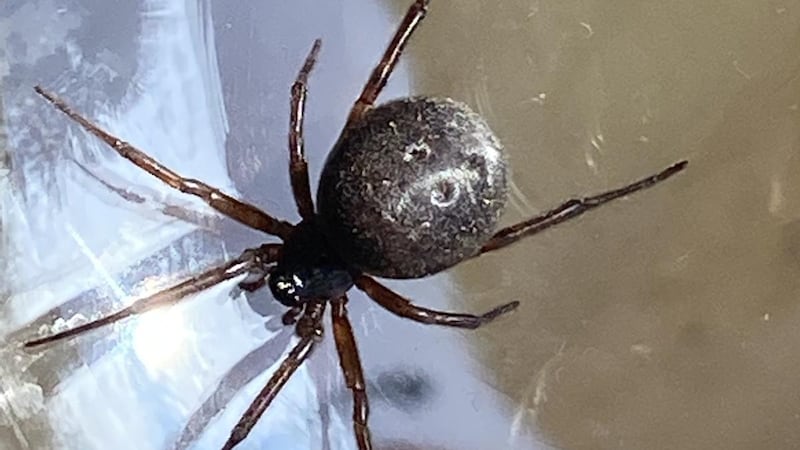This lovely butterfly spent the day flying around my garden and basking on my patio. I thought I saw two of them flying together at one stage. I’ve never seen a butterfly like this before in my garden.
Colett Cole, Dublin 3
It is a peacock butterfly, which overwinters as an adult and emerges in late March. It will fly till early June and lay eggs on nettles. These will grow to adults by July and fly until September before going into hibernation. So keep that nettle patch.

I spotted this unusual-looking arthropod on my kitchen floor today. I thought at first glance it was a woodlouse, but the elongated body made me think again. Can you help?
John Duncan, Co Clare
It is a flat-backed millipede, which has 20 segments and two pairs of legs per segment. It is a decomposer, feeding on decaying vegetation.
I wish to ask you why I have a lot of ladybirds on my bedroom window in the morning. I have never had this problem before. Sprayed around the window with Citronella oil, which helped only for a few days. Is there anything else I can use to get rid of them?
Jack Ó h-Uallachain, Cork
I am hardly about to tell you how to get rid of ladybirds, one of the most useful insect species in the garden. Although I only have your word for it that they are ladybirds, as I received no photo with the query.

Lovely to see bees, butterflies and various other insects collecting pollen from this tree, which show us how important these trees are. Is this a honeybee?
Aoife Wogan
These are willow catkins, which are wind-pollinated and so contain no nectar. Only bees collect the pollen as they feed their young with it. This is a honeybee with pollen baskets on its back legs.

I found this spider in our sunroom. We’ve never seen one before and are wondering if it’s a false widow?
John Dollard, Co Meath
It is: Steatoda bipunctata, one of several false widow spider species that have been recorded here.
Have you a nature query, observation or photograph you would like to share with The Irish Times? Submit it, with location of the image, via our website irishtimes.com/eyeonnature


















